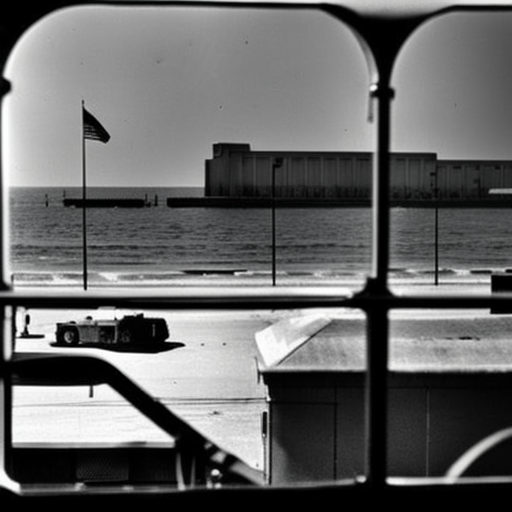The Cuban Missile Crisis
The Cuban Missile Crisis was a tense standoff between the United States and the Soviet Union in October 1962, which brought the world to the brink of nuclear war. It was a direct result of the Cold War and the ongoing ideological and political rivalry between the two superpowers.
Background
In the late 1950s, Fidel Castro led a successful revolution in Cuba, overthrowing the U.S.-backed dictator Fulgencio Batista. Castro’s new government quickly aligned itself with the Soviet Union, which alarmed the United States. The U.S. feared that Cuba could become a Soviet military base, posing a threat to its national security.
The Crisis Begins
In October 1962, U.S. intelligence discovered that the Soviet Union was secretly installing nuclear missiles in Cuba. President John F. Kennedy was informed of the situation and immediately convened a group of advisors known as the ExComm (Executive Committee of the National Security Council) to discuss the appropriate response.
The U.S. Response
Kennedy and his advisors considered several options, including a military invasion of Cuba, a naval blockade, or a diplomatic solution. After careful deliberation, they decided to impose a naval blockade, known as a “quarantine,” around Cuba to prevent further Soviet shipments of military equipment.
The Showdown
As tensions escalated, the world held its breath. The U.S. Navy began intercepting and inspecting Soviet ships heading towards Cuba, while the Soviet Union publicly denounced the blockade as an act of aggression. The situation grew increasingly dangerous, with both sides preparing for a potential military conflict.
Backchannel Negotiations
Behind the scenes, however, both Kennedy and Soviet Premier Nikita Khrushchev sought a peaceful resolution. They engaged in secret negotiations, with Khrushchev proposing to remove the missiles in exchange for a U.S. pledge not to invade Cuba. Kennedy agreed to this proposal, but also demanded the removal of existing U.S. missiles in Turkey.
Avoiding War
In a dramatic turn of events, Khrushchev agreed to remove the missiles from Cuba and publicly announced the decision on October 28, 1962. The crisis was averted, and the world breathed a collective sigh of relief. The United States, in return, privately agreed to remove its missiles from Turkey.
Legacy
The Cuban Missile Crisis had a profound impact on the Cold War and international relations. It highlighted the dangers of nuclear weapons and the need for effective communication and diplomacy between superpowers. The crisis also led to the establishment of a direct hotline between Washington and Moscow to prevent misunderstandings and facilitate communication in times of crisis.
Conclusion
The Cuban Missile Crisis was a pivotal moment in history, with the world teetering on the edge of nuclear war. Through careful negotiation and compromise, both the United States and the Soviet Union were able to avoid a catastrophic conflict. The crisis served as a wake-up call for the international community, emphasizing the importance of diplomacy and peaceful resolutions to global conflicts.












